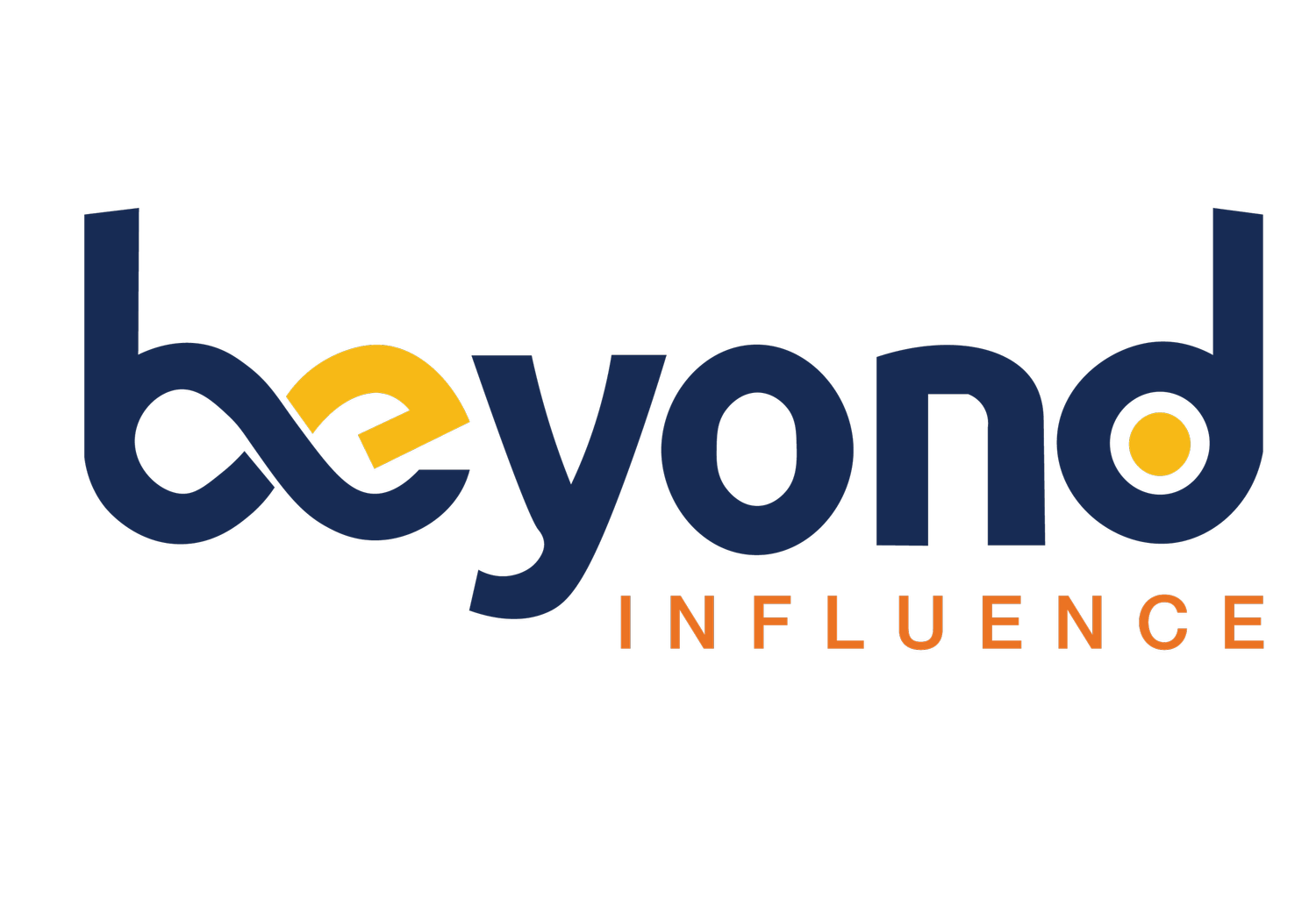The Algorithm Ate My Influencer (And That's Actually Good News)
Written by Jeanette Okwu
There's a certain irony in watching an industry built on human connection become increasingly dependent on machine learning. In 2025, the success of influencer campaigns will hinge less on follower counts and more on whether you can appease the algorithmic gods that govern our digital attention economy.
And what strikes me most isn't the complexity; it's how this algorithmic intervention has accidentally solved problems that plagued influencer marketing for years. The platforms didn't set out to make our industry better; they simply were looking out for themselves and their own engagement metrics. The result? A Darwinian selection process that rewards authenticity and punishes the very manufactured content that once dominated the space.
The Great Authenticity Audit
Consider what happened to one of our clients last quarter. They partnered with a lifestyle influencer who typically commanded 400,000 views per post. The brief was pretty restrictive, from product placement angles to specific messaging. The influencer delivered precisely what was requested, a beautifully composed, brand-guideline-compliant reel that felt about as spontaneous as a corporate earnings call.
The algorithm's verdict was swift and merciless: only 20,000 views after five days. This was probably the last time the influencer was hired by the brand, and it wasn't even her fault.
The influencer's management suggested a do-over, this time letting the influencer speak in her natural voice about the same product. No script, no shot list, just genuine enthusiasm filtered through her established persona. That second video hit 340,000 views in 48 hours.
Algorithms are so sophisticated that they detect the subtle markers that distinguish genuine content from marketing theater. They're analyzing engagement patterns, scroll-through rates, and comment sentiment in ways that mirror how humans actually respond to content they find compelling.
The Metrics That Matter (And the Ones That Don't)
We've entered what I call the "engagement rate mirage" era. Brands are still chasing likes and comments while platforms quietly prioritize entirely different signals. Instagram weighs "time spent viewing" more heavily than hearts. TikTok factors in completion rates and rewatches. YouTube cares about session duration over subscriber growth.
This opacity isn't accidental. Platforms want content that keeps users engaged, not content that makes brands feel good about their KPIs. The result is a fascinating misalignment where traditional influencer metrics often indicate the opposite of actual performance.
Smart brands have stopped asking "How many followers does this creator have?" and started asking "How genuinely does their audience engage with their content?" The difference matters more than you think.
The Trust Arbitrage
Consumers have developed an almost supernatural ability to detect sponsored content, not because disclosures are clearer (though they are), but because most branded content follows predictable patterns that audiences have learned to tune out.
The brands succeeding in this environment are making their partnership more genuine. Instead of scripted reviews, they invite influencers to document their actual experience with a product. The resulting content will feel refreshingly honest and, more importantly, drive measurable results based on recommendations.
This approach requires a shift in how brands think about control. You can't micromanage authenticity into existence. You can only create conditions where it's likely to emerge.
The Long Game Advantage
Perhaps the most significant change is temporal. The old influencer marketing playbook was built around campaigns, discrete bursts of content designed to drive immediate action. The algorithmic landscape rewards consistency and relationship-building over sprint marketing tactics.
We're seeing brands invest in what I call "influence infrastructure", ongoing partnerships with creators who become genuine advocates rather than temporary spokespersons. These relationships extend beyond contractual obligations into actual product development consultation, event partnerships, and strategic advisory roles.
The ROI calculations are more complex but ultimately more favorable. A creator who genuinely uses and recommends your product over six months will typically generate more qualified leads than ten creators running one-off promotional posts.
What This Means for Your Marketing Strategy
Algorithms aren't just changing how content gets distributed; it's fundamentally altering what effective influence looks like. Brands that succeed are those that understand how the platforms' underlying incentive structures work and align their content strategies accordingly.
The complexity can be overwhelming, particularly for brands managing multiple platform relationships while trying to maintain consistent messaging across diverse creator partnerships. The most successful campaigns we've orchestrated recently have been those where strategic planning preceded creative development, where data-informed decisions were made, and where flexibility was built into execution from the start.
If you're feeling lost in this new landscape, you're not alone. The rules are evolving faster than marketing teams can adapt. The stakes for getting it wrong have never been higher, but for brands willing to embrace complexity over simplicity, the opportunities have never been more promising either.

